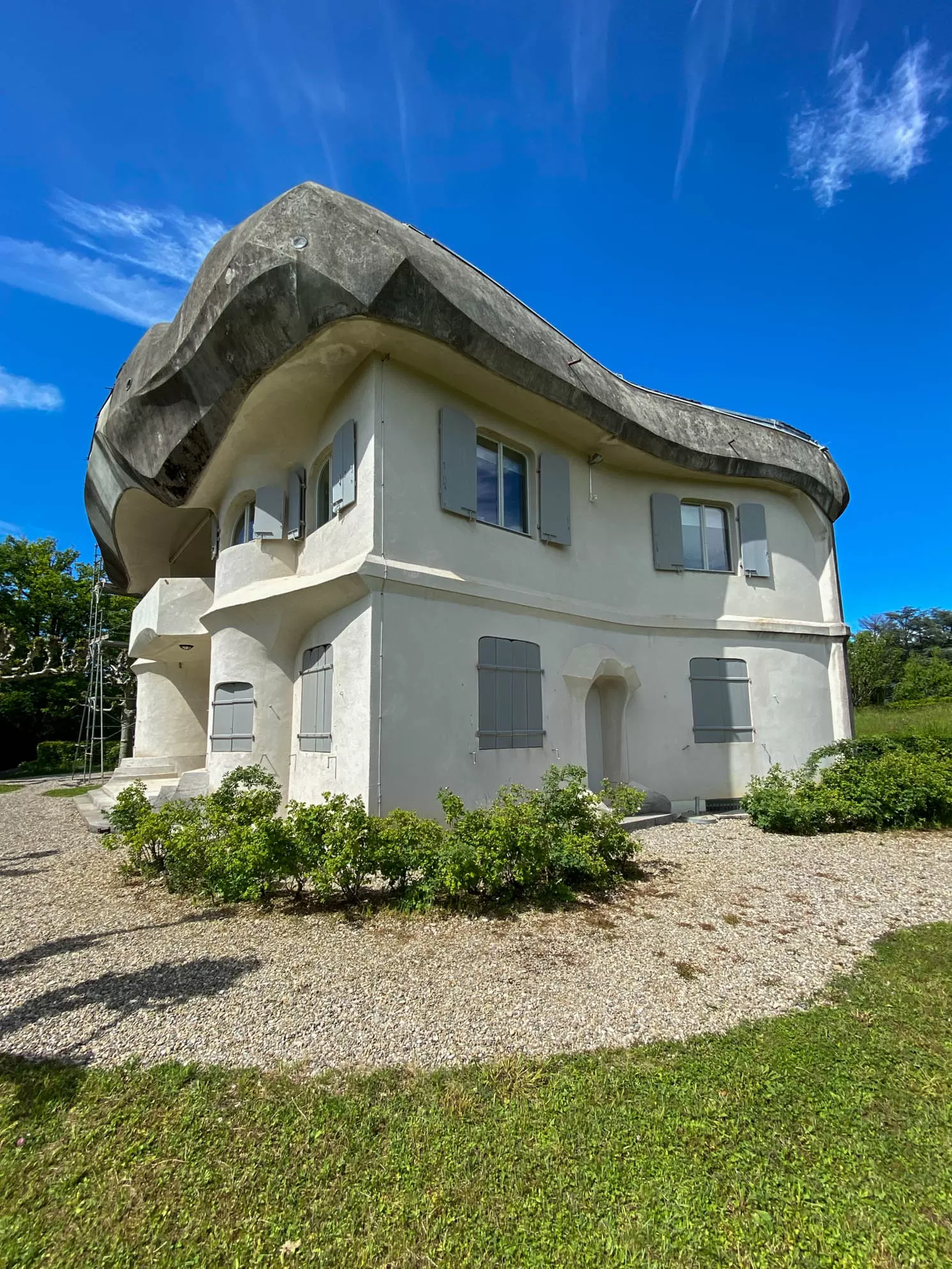
Haus Duldeck, 1915-1916. Design: Rudolf Steiner. Photo: Daniela Christmann
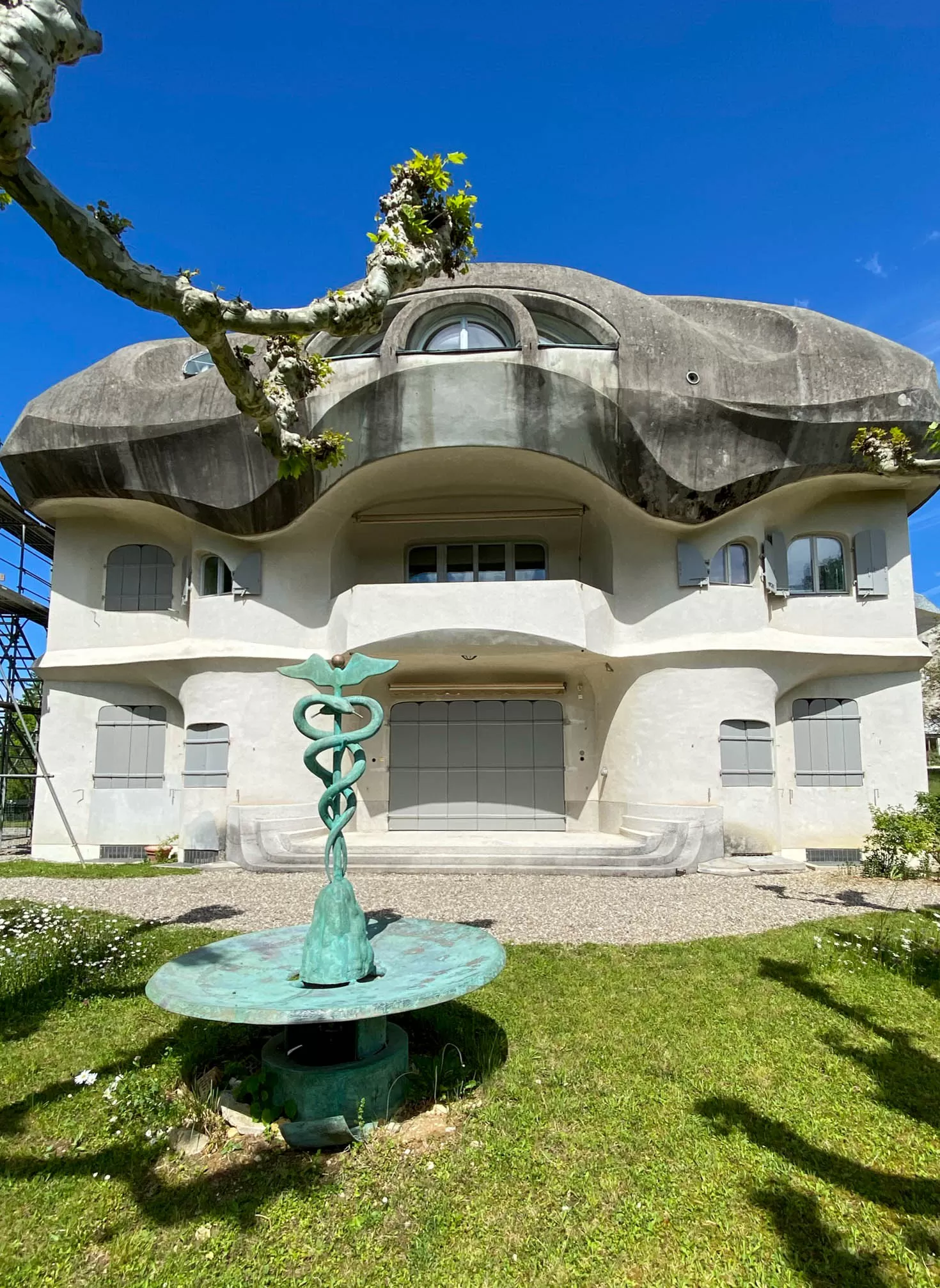
Haus Duldeck, 1915-1916. Design: Rudolf Steiner. Photo: Daniela Christmann
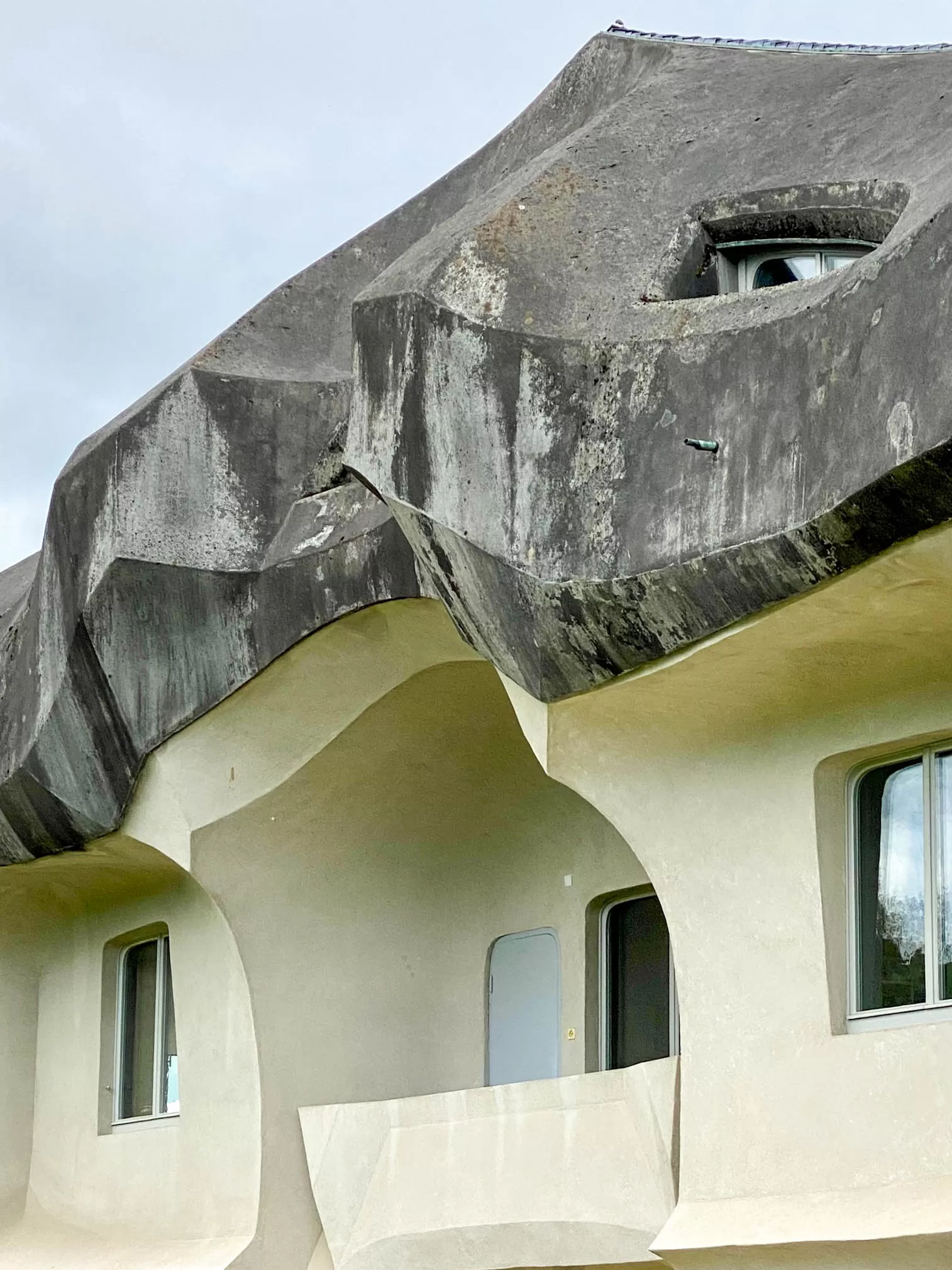
Haus Duldeck, 1915-1916. Design: Rudolf Steiner. Photo: Daniela Christmann
1915 – 1916
Design: Rudolf Steiner
Rüttiweg 15, Dornach, Switzerland
Background
Haus Duldeck was built from 1915 to 1916 in the immediate vicinity of the Goetheanum in Dornach, Switzerland, according to a design by Rudolf Steiner.
The construction was carried out under the direction of Ernst Aisenpreis.
In 1915, planning and construction of Haus Duldeck began as a residence for Emil Grosheintz and his family. It was the first residential house designed by Steiner.
Three years earlier in the fall of 1912, Rudolf Steiner and his later wife Marie von Sivers had been guests in the Grosheintz family’s summer home on the Dornach hill.
Emil Grosheintz
Emil Grosheintz had early ties to the anthroposophical, then still theosophical, movement.
1906 he co-founded the Paracelsus branch in Basel.
In 1907 he attended the Munich Congress and one year later became a board member of the German Section of the Theosophical Society.
Grosheintz decided to make his land holdings on the Dornach hill available for the construction of the First Goetheanum in 1912 and, in addition, organized the purchase and donation of further parcels of land to the east.
In September 1913 Emil Grosheintz and his wife Nelly Grosheintz-Laval participated in the laying of the foundation stone for the First Goetheanum.
At the same time he became chairman of the Building Society for the Goetheanum.
Construction of the Duldeck House began in February 1915.
House Duldeck
Rudolf Steiner had created the model for the house as well as detailed models for the chimneys and the entrances.
Hermann Ranzenberger, together with Steiner, designed the interior of the house and its surroundings.
The two-storey house, which was built in the immediate vicinity of the Goetheanum and is the only one ‘tolerated’ (dulden means to tolerate) there, is one of the most innovative reinforced concrete residential buildings of the early 20th century.
Its design, like that of the other buildings on the Goetheanum hill, was conceived by Steiner as a metamorphosis of the main building.
Facades
The two cylindrical forms on the main facades of Haus Duldeck and the expressive, angular design of the roof are the result of this architectural approach.
While the boiler house and the glass house are located below, Haus Duldeck is on the same level and directly in front of the central building of the Goetheanum.
The house and its roof are made of reinforced concrete, the outer walls are lined with hollow bricks and plastered. The roof surfaces are covered with Norwegian slate.
On the side facing the Goetheanum, the corners of the building are formed as semi-cylindrical oriels that extend below the concrete roof, which is composed of concave and convex surfaces.
Roof
The roof, which spans and connects the two halves of the house, forms the upper completion of the dynamic-sculptural forms of the house.
The house was inhabited by Emil Grosheintz, his wife and their two sons Hansi and Pierre.
The design of the structural details, the interior fittings and the furniture was the result of close collaboration between Rudolf Steiner and the architect Hermann Ranzenberger.
Renovation and current use
In 1996, the building was thoroughly renovated and placed under a preservation order.
Today, Haus Duldeck houses the Rudolf Steiner Archive. An underground annex was added to the east side in 2002.
The archive is the center for the documentation and publication of Rudolf Steiner’s scientific and artistic work and is open to visitors.
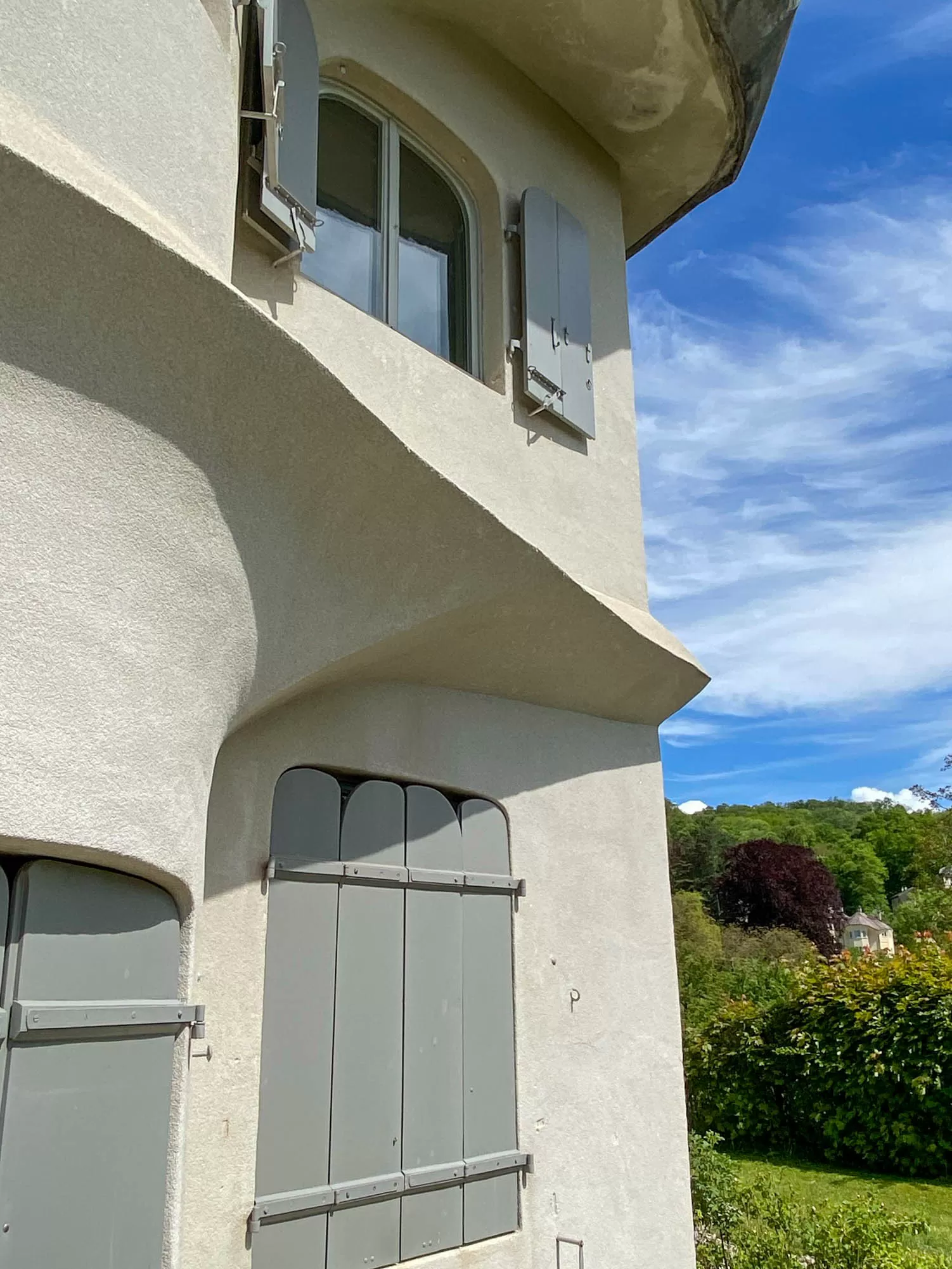
Haus Duldeck, 1915-1916. Design: Rudolf Steiner. Photo: Daniela Christmann
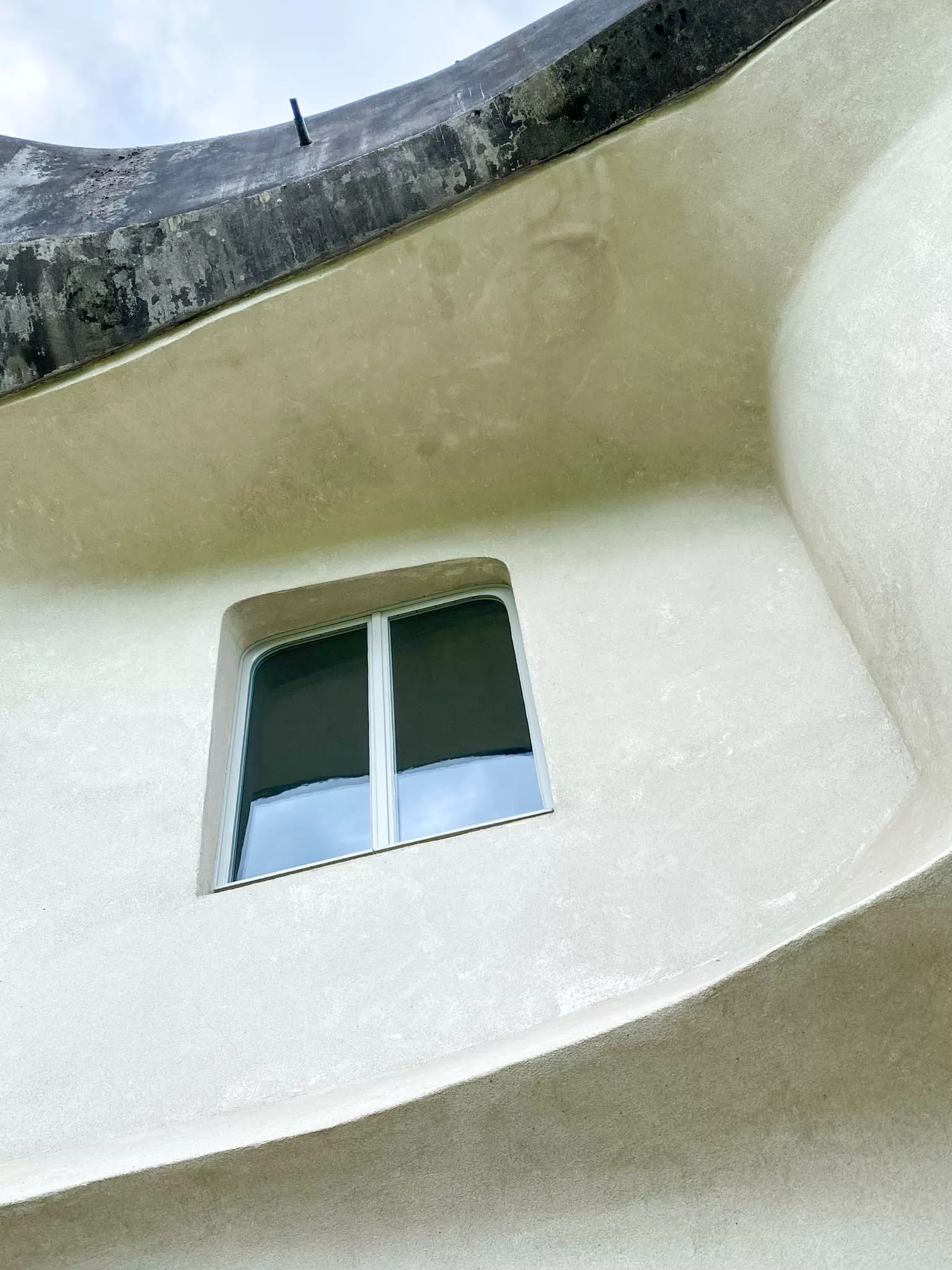
Haus Duldeck, 1915-1916. Design: Rudolf Steiner. Photo: Daniela Christmann
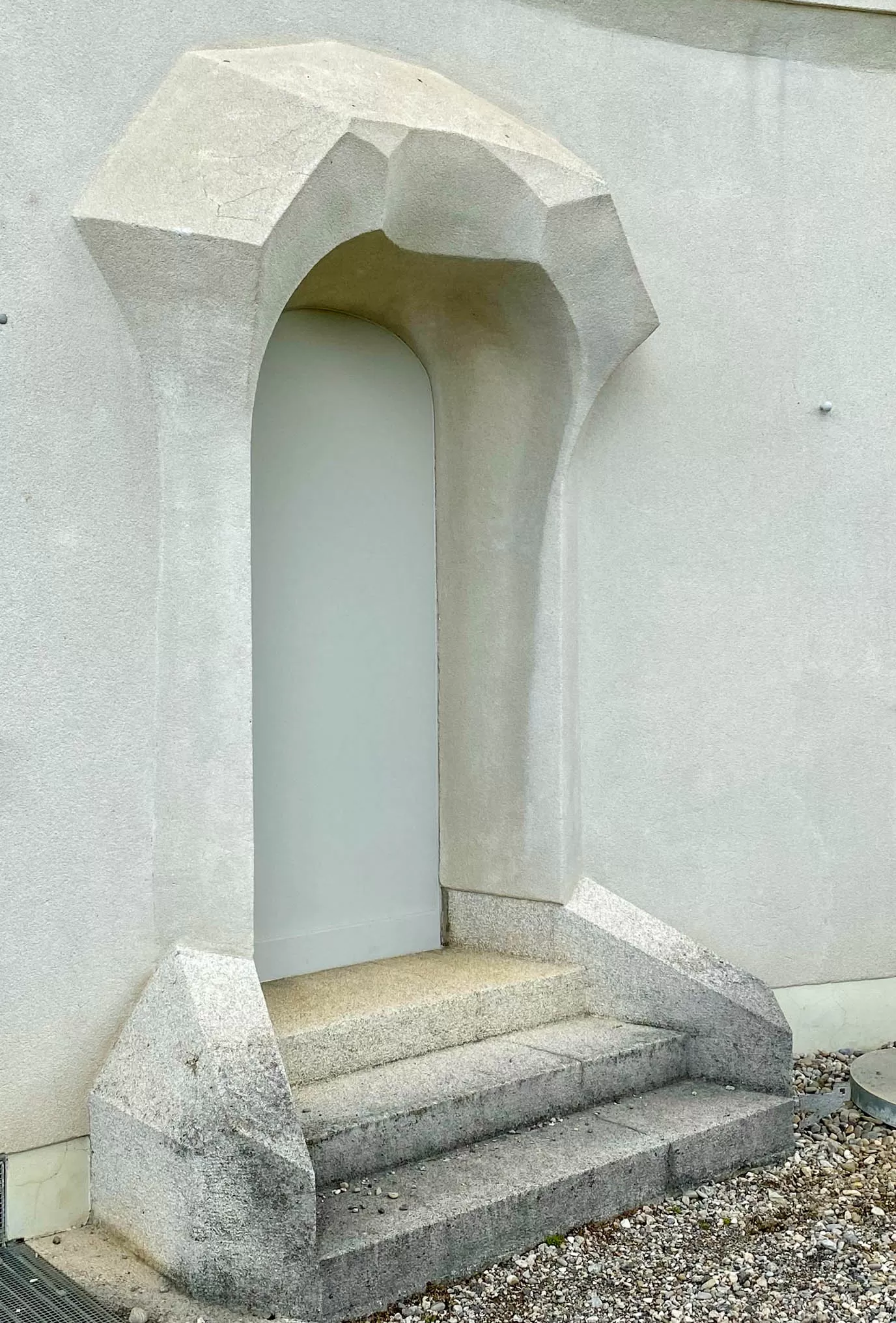
Haus Duldeck, 1915-1916. Design: Rudolf Steiner. Photo: Daniela Christmann
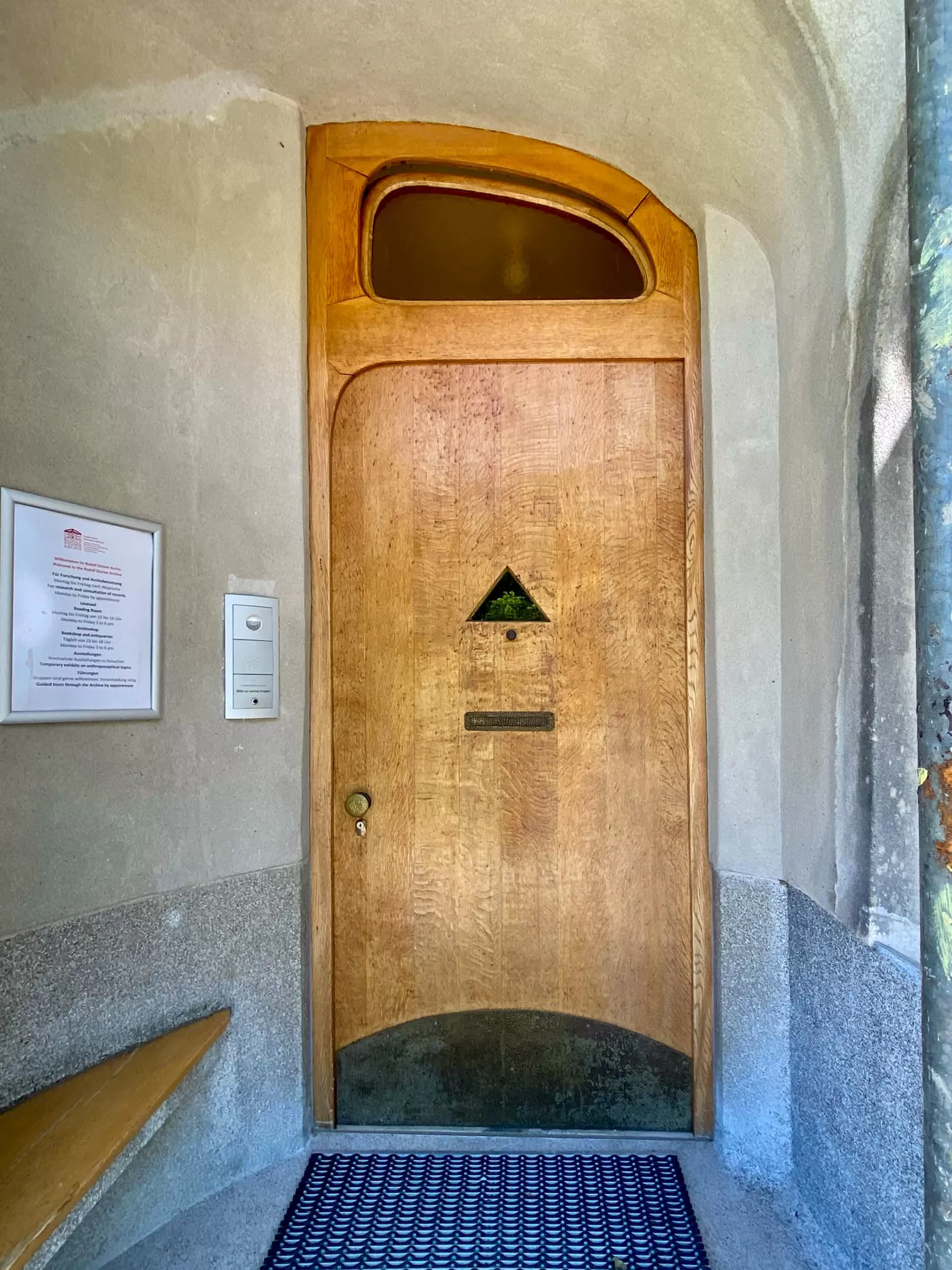
Haus Duldeck, 1915-1916. Design: Rudolf Steiner. Photo: Daniela Christmann
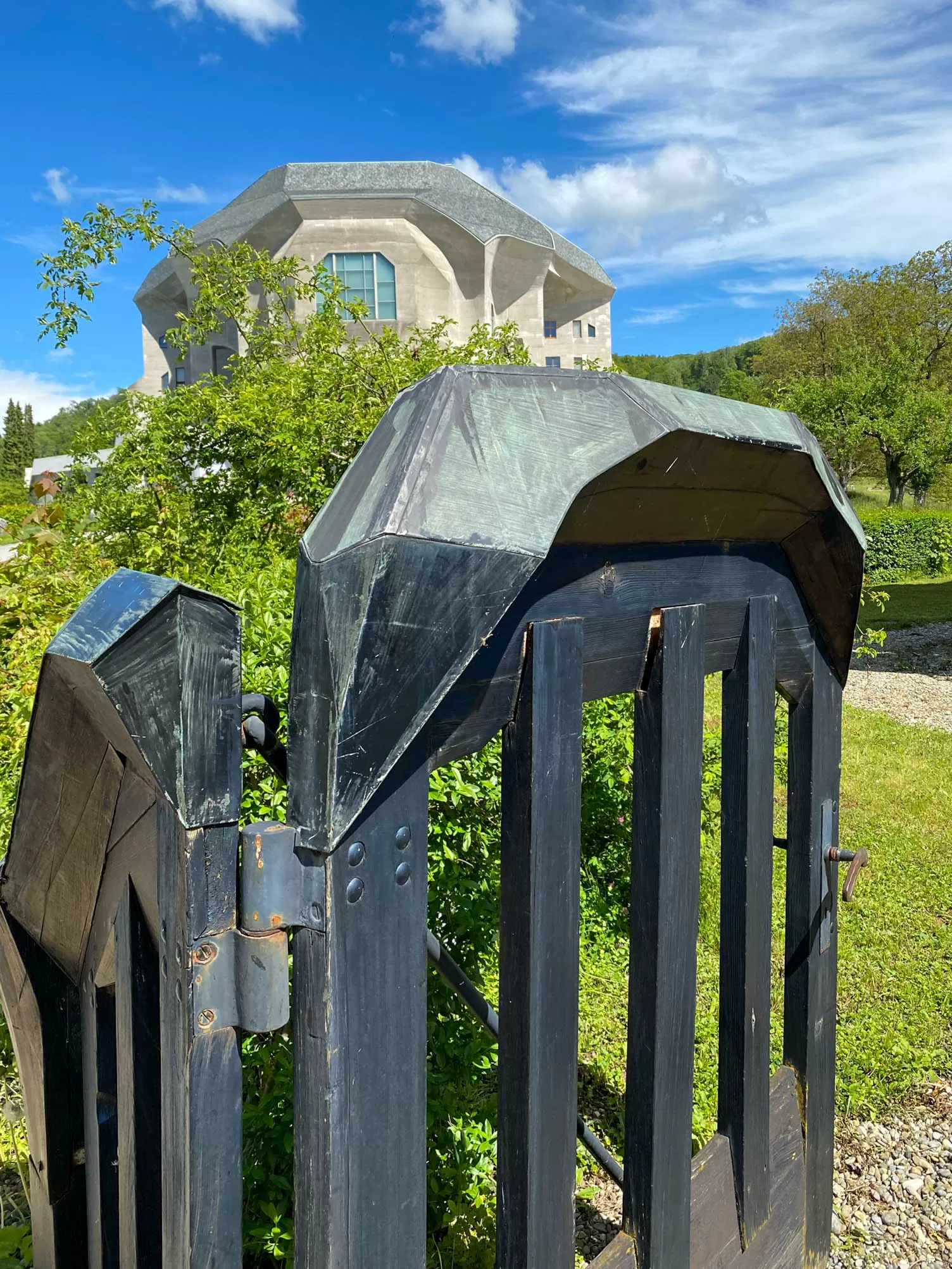
Haus Duldeck, 1915-1916. Design: Rudolf Steiner. Photo: Daniela Christmann

